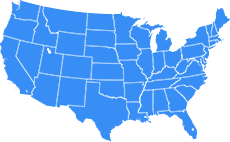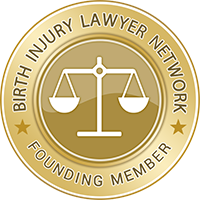Spinal Birth Defects
Spinal Birth Defects just like brain defects are directly related to abnormalities of the neural tube. These kinds of defects most often happen while the baby is developing inside the mother's womb, usually during the first or last trimester of pregnancy. The neural tube is the predecessor of the central nervous system in the developing vertebrae.
Causes, Symptoms and Diagnosis of Spinal Birth Defects
Although there are no known specific causes for spinal birth defects, research revealed that factors that may result in such defects are genetics, infections and the environment. Affected infants may exhibit paralysis, incontinence, intellectual disability and sensory loss. To diagnose the defect, the doctor will order the infant to undergo a computed tomography and magnetic resonance imaging. Unfortunately, while some birth defects can be corrected, those that affect the brain and the spinal cord are most often permanent. There is an increased risk of a child having spinal birth defects if his mother had a history of having given birth to one already; meaning one of his older siblings also have a spinal birth defect.
Spina Bifida
Spina Bifida is the most common form of spinal birth defect. It involves the spinal cord or its coverings. It happens during the first month of fetal development when the two sides of the spine fail to come together and leaves an open space. This incomplete closure of the spine is associated with folic acid deficiency. Organ systems affected by this defect are urinary, nervous and muscular systems. This is why some children sometimes cannot control their bladder or bowel. In other cases, children with spina bifida may develop attention deficit hyperactivity disorder or may have difficulty in learning hand-eye coordination.
Types of Spina Bifida
There are two types or forms of Spina Bifida often seen in children and these are spina bifida occulta which is said to be the milder form in comparison to spina bifida manifesta. Spina bifida occulta is the defect usually found in the lower spine but it cannot be seen as it is covered by the skin, meaning it is not open. In some cases, a dimple, a patch of hair, a birthmark located on the skin covering the lower spine may indicate the presence of this defect.
Because the defect does not often affect the spinal cord, spinal bifida occulta leave children with no health problems. However, severe cases may lead to complications such as weakness or numbness in the legs and bladder problems.
Spina bifida manifesta, on the other hand, also has two types—Meningocele and Myelomeningocele. While both involve the meninges, membranes that cover and protect the brain and spinal cord, myelomeningocele is the most severe of the two. In meningocele, the meninges are seen protruding through the spine while in myelomeningocele, also pushing through the vertebrae with the meninges is the spinal cord, leading to abnormal development and damage and resulting to paralysis. The severity of the paralysis will depend on the location of the opening in the spine. Most babies born with myelomeningocele also develop hydrocephalus which is the accumulation of fluid in and around the brain.
Treatment of Spinal Birth Defects
Treatment for spina bifida will depend on its type and severity. In the case of meningocele, surgery is done wherein the meninges are pushed back and the hole in the vertebrae is closed. With myelomeningocele, the baby may need to have not just one but perhaps several surgeries immediately. The first surgery will involve pushing the spine back into the vertebrae and closing the hole to prevent infection and protect the spine. This one surgery may be enough but in some cases, some children need subsequent surgeries to manage problems with their feet, hips, or spine.
Find an Experienced Birth Injury Attorney in your Local Community
 Find A Lawyer in Columbus, OH
Find A Lawyer in Ohio
Find A Lawyer in Any State
Find A Lawyer in Columbus, OH
Find A Lawyer in Ohio
Find A Lawyer in Any State
